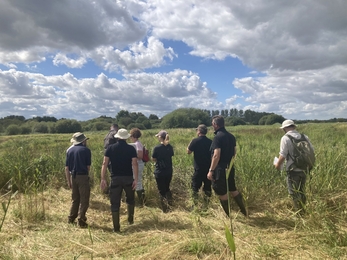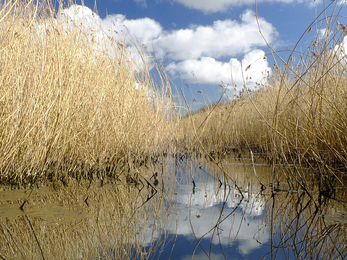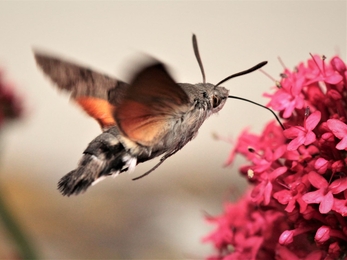Hay cut at Martlesham Wilds
This month our reserves team carried out our second year's hay cut at Martlesham Wilds.
Cutting and removing hay after plants have gone to seed in the summer allows for the soil to maintain a steady nutrient level suitable for flowering meadow species. If the soil is too high in nutrients, the habitat will be less suitable for meadow plants reducing the biodiversity of the site.
Thanks to the support we recieved from Biffa Award, our the team at Martlesham Wilds have purchased a range of equipment needed to conduct species surveying - including botanical surveys - before the hay cut.
This month we've also hay cut at Martins' Meadows and Hutchison's Meadow.

















